Artefact 239
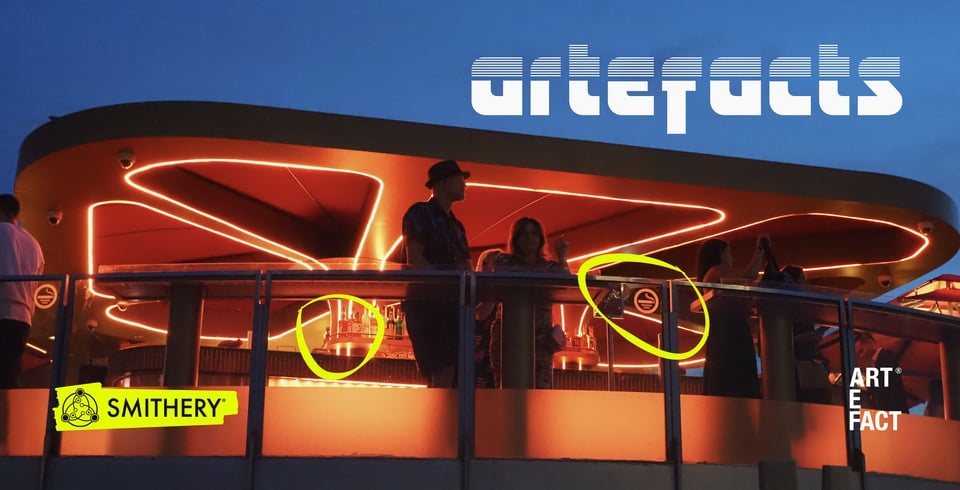
Back to the Future. Again.
Afternoon, folks
Today's newsletter is a big old collection of things. Like a month of blog posts in one place. This is fuelled by being in the eye of the storm between one project finishing and another about to start, tidying my desk and finding a collection of thoughts I wanted to share, and what can only be described as a spring-like exuberance that may yet pass when the next downpour cracks the sky.
Let's get started, then...
The Product of Design @ UX London (18th-20th June)
Ok, first bit of exciting news - I'm speaking at UX London in June, with a talk that's been about nine years in the making...

I was invited to give this keynote talk by Jeremy Keith of Clearleft, who also invited me back in 2015 to talk at their Designing The Future edition of the legendary Clearleft conference dConstruct.
You can watch that 2015 talk here.
It was called Metadesign for Murph, and it was about cinema, superheroes, fatherhood, prototyping, nostalgia, lesser-known works by Maurice Sendak, architecture, Catholic-Guilt Batman, wormholes, sparkles, Interstellar, Metadesign, workshop games, the creative quartet, Mendeleev & Dennett & Descartes, soft toys and mapping, time as a space, pace layers, mapping five-dimensional libraries, the earliest public version of the Zenko Mapping framework, and a portmanteau that I now carry everywhere called leastmodernism...
[takes breath]
All in 35 minutes, too.
The key point of that talk was that maybe the future is not ours to design, so what we can do is teach others how to design for it when they get there.
Yet, nine years later, here we are in one of those futures...
So the new talk is called The Product of Design, and it will draw on almost a decade of what has happened since 2015 (spoiler: a lot).
And then offer some ideas to the audience about what may lie ahead...
I have a special discount code too, JOINJOHN, which you can use to get 20% off - https://2024.uxlondon.com.
I'll be there for for whole three days, so come and say hello if you are coming too.
The Past of Future Days*
*Yes, we are enjoying X-Men 97 in our house, can you tell?
I mentioned the city scanning exercise we ran at Future Days in Lisbon in the newsletter. I wanted to return to the framework we set up for participants, based on Richard Buchanan's Four Orders of Design, and where I think it is going next.
Holding the Obliquiscope up to the world helps people question what they see, and creates different angles to come at a subject from:

When it is part of the Regenerative Design Field Kit, you have all the other question cards in the kit to hand to help you drill down further.
But we were not giving Future Days participants the full kit, just the Obliquiscope.
I felt we needed something else as a framework to ensure people didn't just dwell on the surface of the things they saw. I had seen Buchanan's Four Orders of Design recently, as various people were adapting it (and adding fifth orders etc). With a few minor tweaks, it would serve as a useful prompt for people to question what they were looking at.
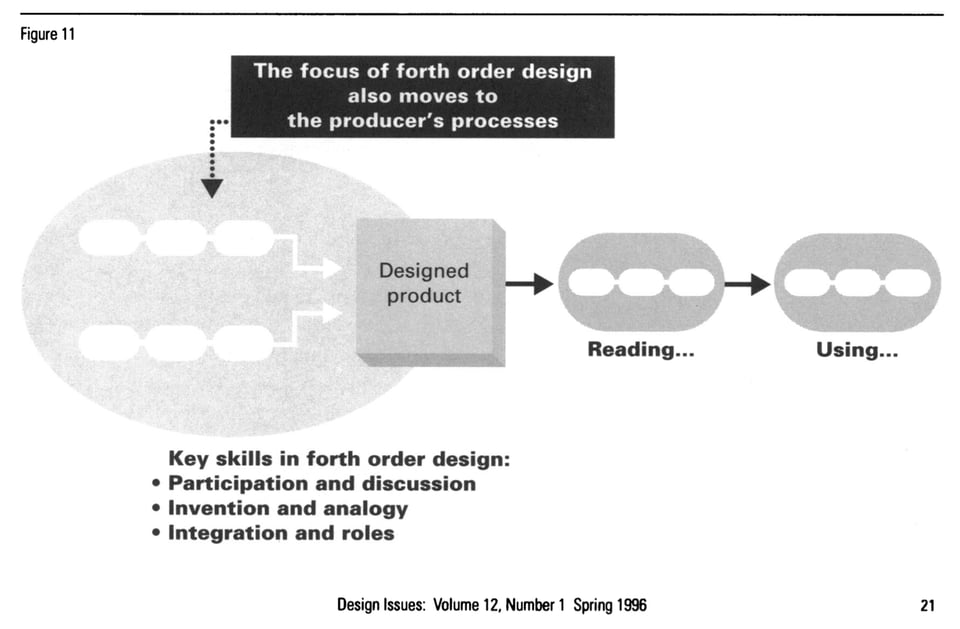
We asked people to think about:
The appearance of things
The materials they are made from
The interactions they create
The systems that support them
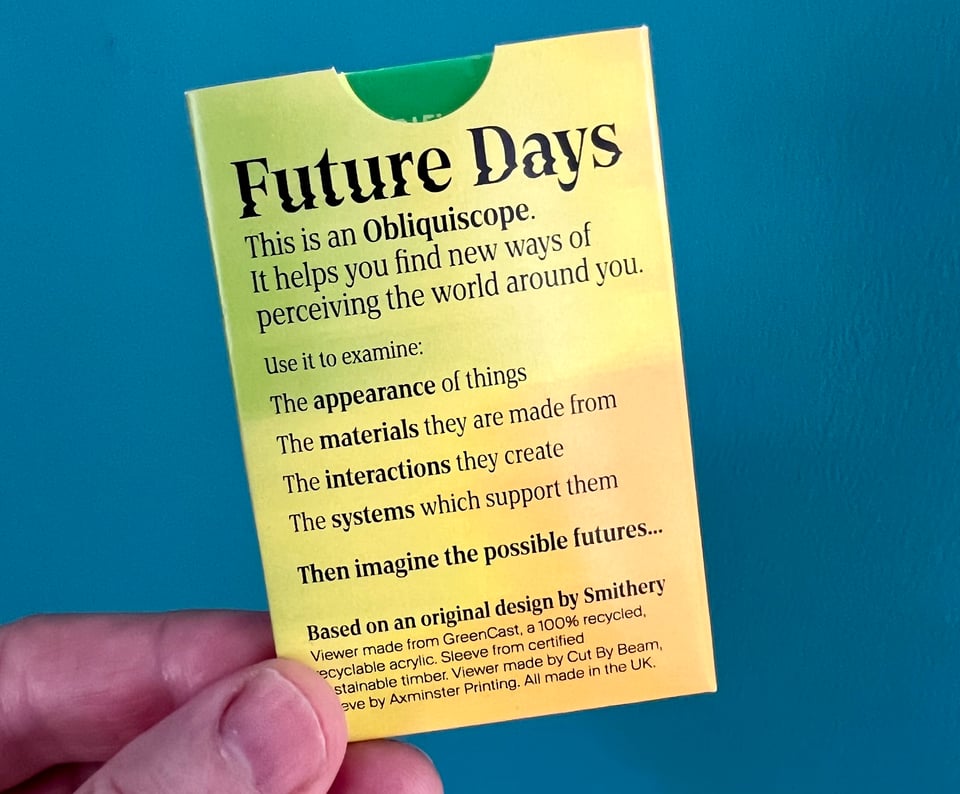
I think this is going to be a very useful addition to the method moving forwards, and I might even find time in May to make a little intro film for it (an update for this version we quickly made at Future Days).
Since Lisbon, though, there are lots more things I think it relates to – Bruno Latour's Dingpolitik, Deb Chachra's How Infrastructure Works, Georgina Voss's Systems Ultra... and on and on...
In short those, it feels like I'm working towards a new articulation of Making Things People Want > Making People Want Things, where it questions what we're really talking about when we talk about things.
I will talk more about them all together soon, but having revisited Hyperobjects by Timothy Morton recently, one quote stands out – "Hyperobjects refer to things that are massively distributed in time and space relative to humans".
The more you can expose people to the hyperobjects sitting behind the visible reality around them, the more useful and deep the initial conversations can become about what we might do about them.
SOME ANNOUNCEMENTS
Interesting is back
Russell's running another Interesting conference, this time in the evening. Wednesday 15th May, 7pm onwards, Conway Hall in London. Some great speakers talking in interesting ways about interesting things. Tickets here.
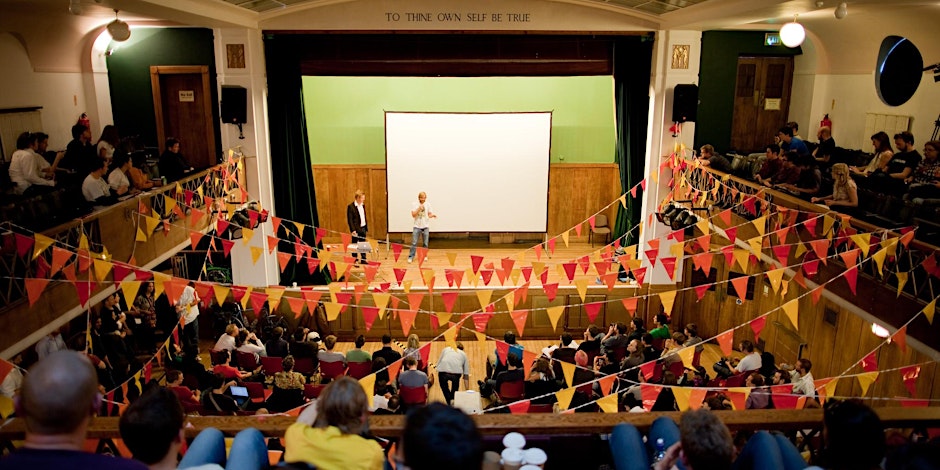
Changeist - Futures for Journalists Workshop
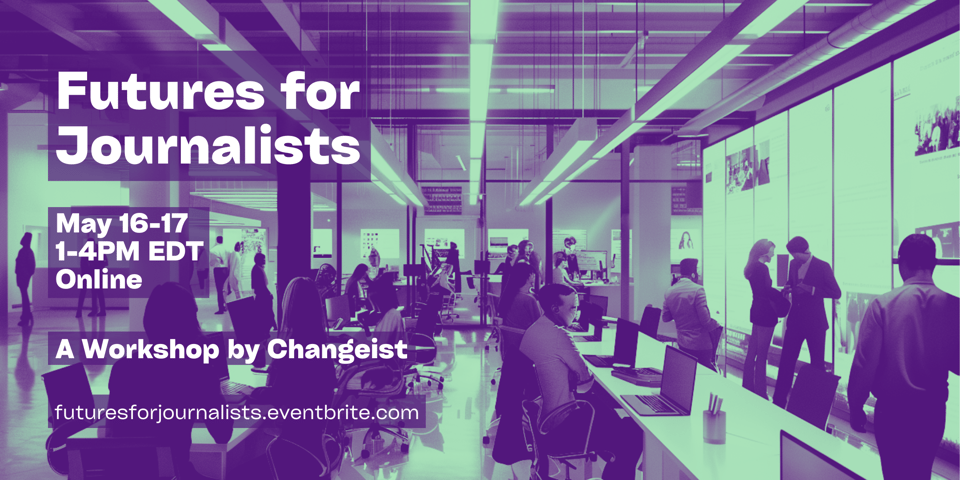
Our friends Scott and Susan are hosting an online futures workshop for Journalists in May, well timed for the SuperElection year:
Journalism can use the tools of applied foresight to provide context, structure, and insight to audiences seeking to better understand and plan for possible tomorrows, and the impacts of everything from climate change and AI to unfolding social, economic, and political trends. Changeist is offering an eight-hour online workshop across two days designed to bring journalists, editors, freelancers, and communication professionals the fundamental tools and approaches of the futures profession for coverage of emerging issues, long-range trends, and competing forecasts.
More details and booking here.
Please do send around to your newshound friends.
AI meeting etiquette
At the last meetup of The Steps Collective, we had a couple of AI-powered recording bots join as the call started.
Maybe this has happened to you before. These are a service people pay for to turn up to meetings, record the conversation, and summarise the contents. What you typically see is a 'participant', but instead of a face on camera, it will say "Brian's WoodPecker" or something similar on a black screen.
The below image is from the Fireflies service, as an example:
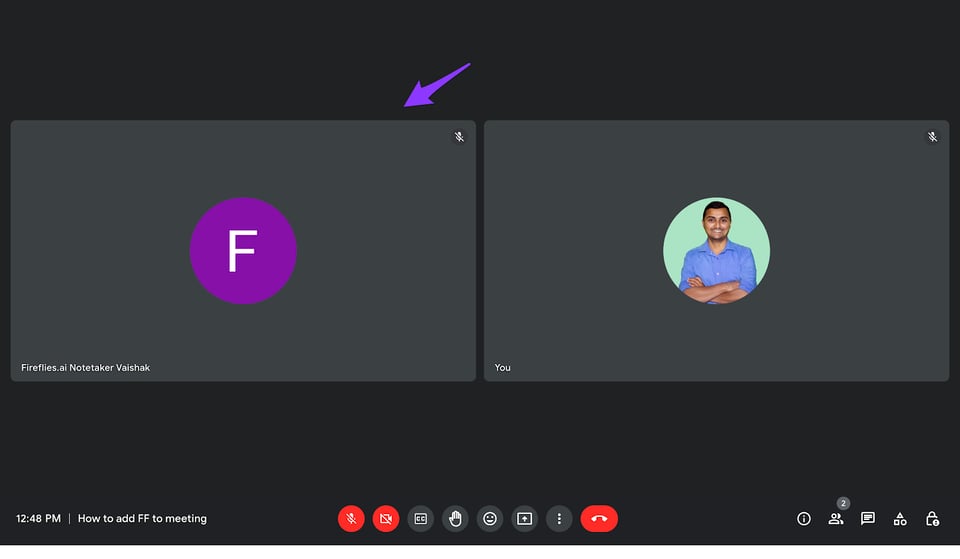
Sidenote - thinking about it, it is interesting how many of these AI services are named after creatures (Woodpecker, Fireflies, Otter...). It is a little like Phillip Pullman-style daemons from His Dark Materials. I'd like a fox one, please. Anyway...
It was curious to observe our group quickly try and shape a group etiquette on the hoof, to establish some informal code to put into practice.
Do we eject them? Do we not?
We decided to kick them out as the meeting was being recorded anyway. But underlying that decision, I think, was a feeling of uncertainty about other people sending prosthetic representations ahead of themselves into a meeting.
Thinking about it later, it made me wonder about the representation of human participants in relation to the AI bots.
Perhaps people would be happier to accept them if they gathered in a particular place so you know what they are; tools.
They are extensions of other people, but they are not people. This led to a quick sketch out the below; a future version of a video meeting platform:
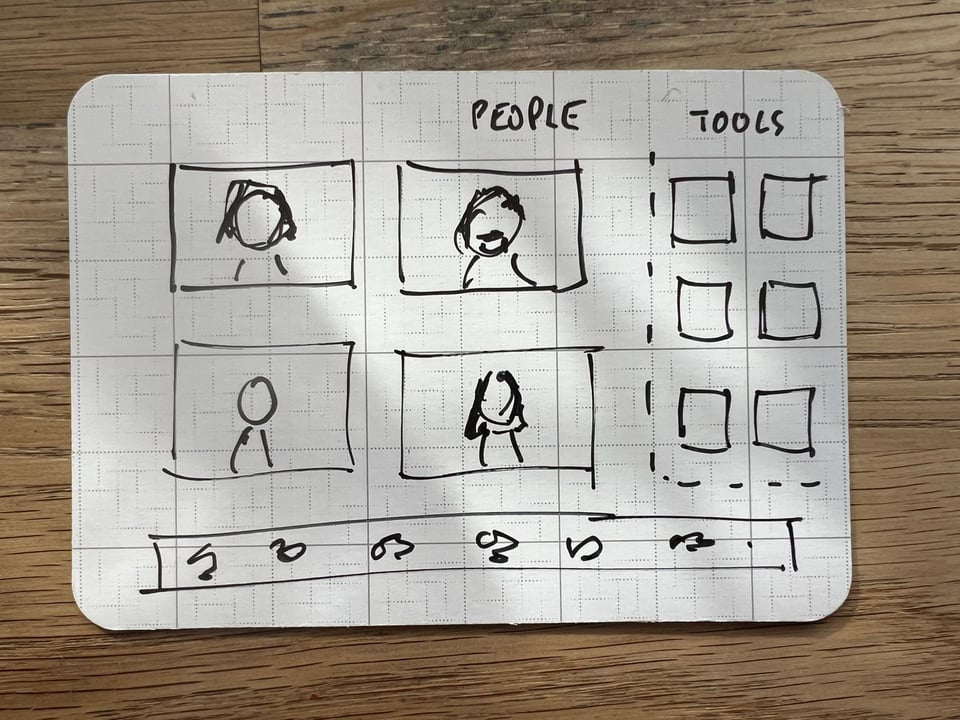
How you might separate out tools from people? If there was a separate, smaller representation of bots, would human participants be happier?
Also, could you then further fragment these tools into separate little apps – summarisers, emotion readers, contact-makers and so on – and set preferences for meetings and individuals accordingly? I am happy to be recorded, I don't want summaries from everyone else...
Which feels like a lot of work just to get together with a few people for a meeting. So whilst I am not entirely convinced this would be a good direction of travel, I certainly feel it may be a plausible one...
The Steps Collective
The recording of that Steps Collective meetup can be watched here. Lizzie talked about how we orientate ourselves, practically and psychologically, through our respective regenerative practices, and I talked about the role for participative futures in the regenerative journey. With some old-school punk DIY principles, as you do.
The best camera is...
I made this little film about equipping people for creativity back in 2008. I have oscillated between two different positions when it comes to cameras ever since.
The first position is 'the best camera is the one you have with you'. Which for most people, most of the time, is your phone camera. The other position is 'no, actually, the best camera you can carry is the best camera'...
I've swung back to this position recently, by swapping out my Lumix LX100 Mark ii for an OM-D E-M10 Mark IV.
Switching a fixed-lens systems for a Micro Four Thirds (MFT) lens system means I can switch lenses for different styles of photography. The big benefit of MFT setups is that the lenses are fairly small and compact, so perfect for what I need it for, and easy to carry several around if I need to.
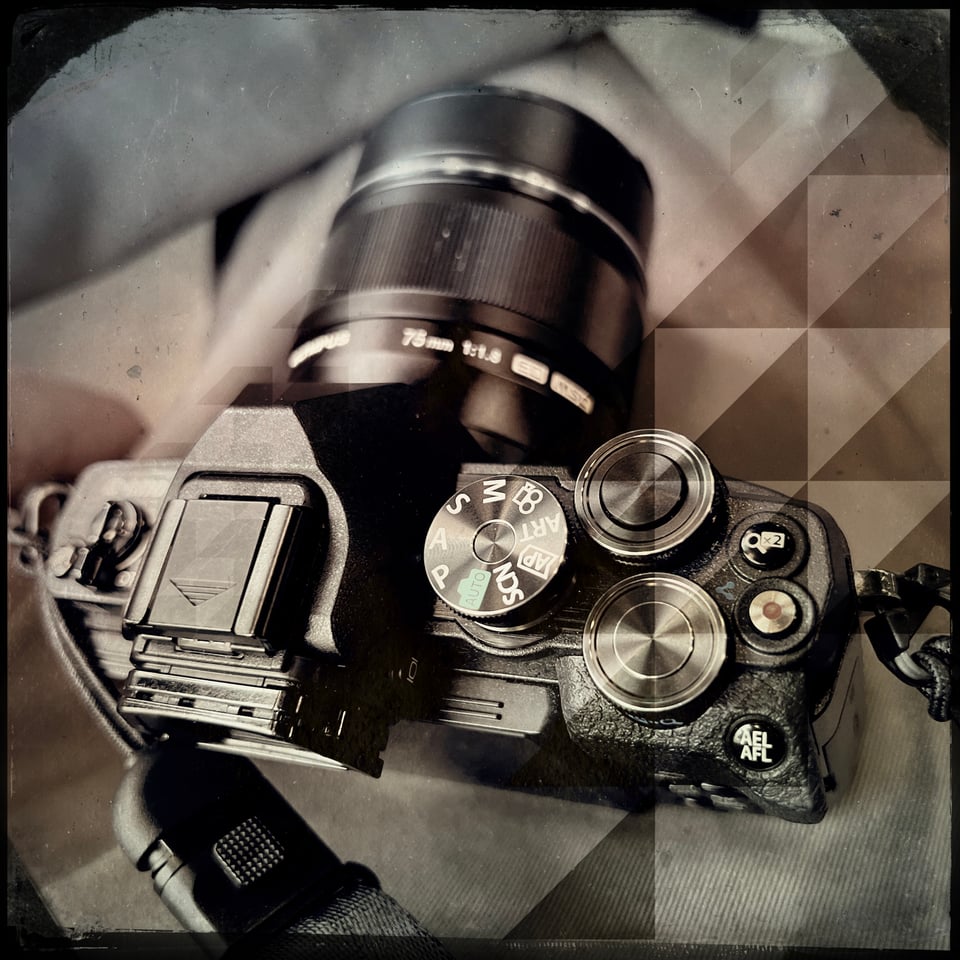
Here you can see some recent examples from Lisbon, Athens and London with the new camera.

In the research process of working out which model to buy, I also got a sense that something is happening around the MFT camera market. Sales of MFT cameras are up, and Logitech has just launched a high-end MFT-compatible webcam too, the Mevo Core:
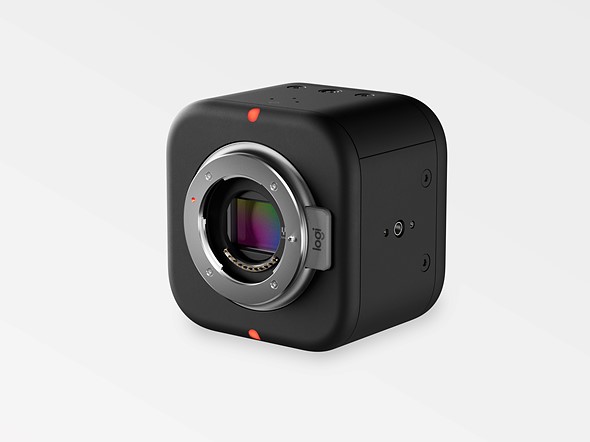
That is a high-end upgrade to a basic Logitech webcam, but then again probably cheaper and more flexible than some of the home streaming set-ups you see around nowadays. And small MFT lenses will keep it pretty compact on your desk.
My current hunch at the moment would be that there are upgraders from fixed-lens cameras, like the TikTok favourite Fujifilm X100V, looking for that next step, plus more and more people wanting to capture still and videos to share and stream.
It is certainly feels that there is a different future for the camera market playing out than might have been envisaged only a few years ago.
Watch this space (and take a great photo of it).
Regenerative Denim
Finally, I was asked by Julia Mercerat, editor of WeAr Denim, to write a piece on regeneration - you can find the online version here.
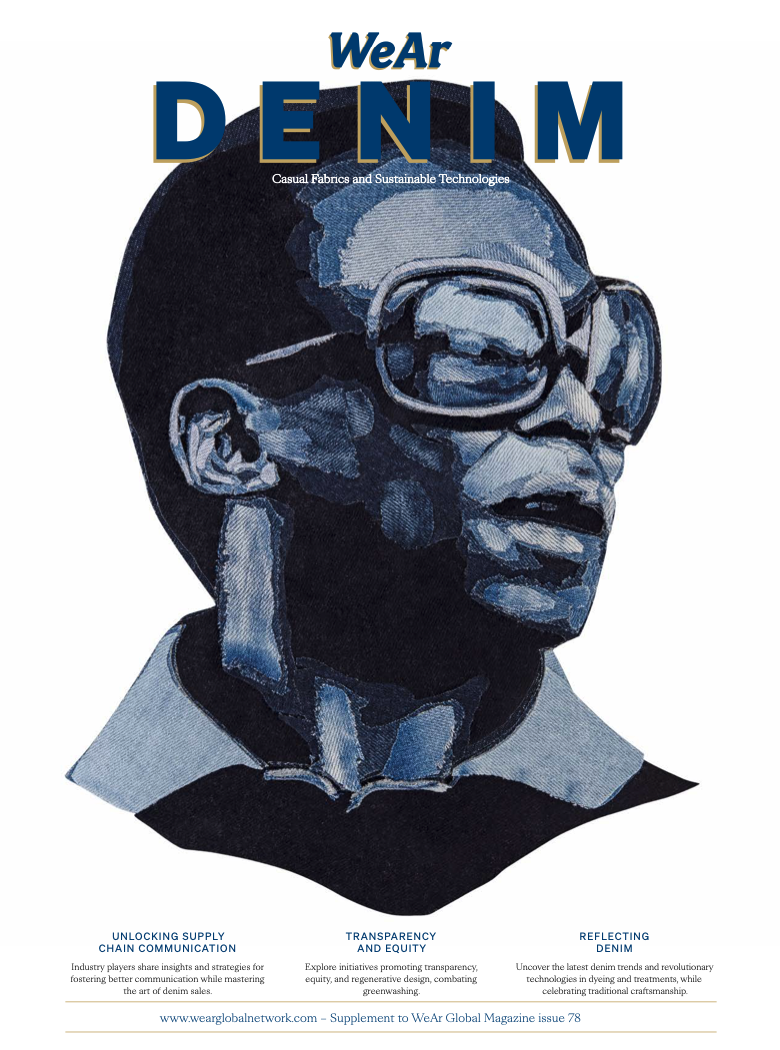
I am enjoying writing more in 2024 than I have done in years, and also having to think in new and different contexts as per this piece. I may open a little more time out to writing commissions here and there during the year, for the right opportunities.
Well, that's a whole lot of things to read. Do send this on to friends who you think may appreciate it, and see you soon for the next one.
Until then.
John V Willshire